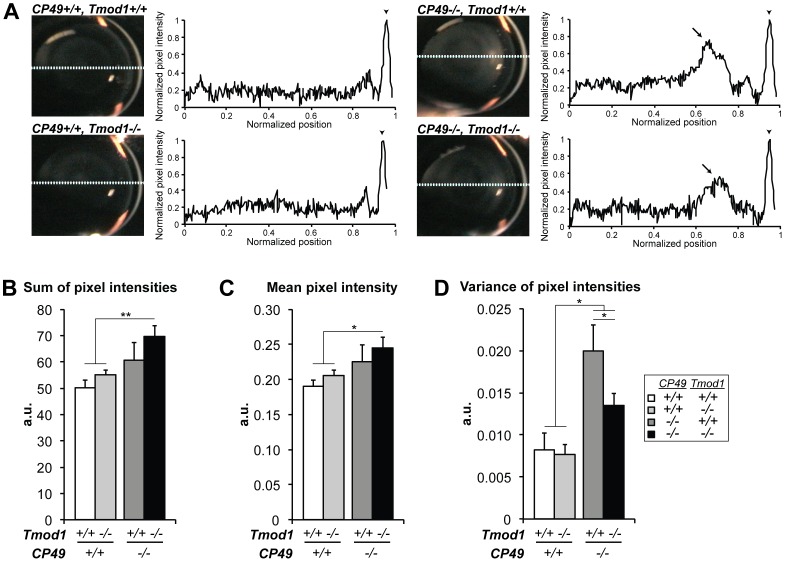Figure 4. Tmod1 and CP49 synergistically regulate light scattering through the lens, as determined by slit-lamp ophthalmoscopy.
(A) Sample in situ images and densitometric analysis of line scans obtained from slit-lamp ophthalmoscopy of 14–16-mo-old mouse eyes, revealing peaks of opacification (arrows) in the outer nuclear region in CP49−/− lenses. Pixel intensities were normalized to the maximum intensity of the cornea (arrowheads) and the minimum intensity of the aqueous chamber. (B) The sum of pixel intensities and (C) the mean pixel intensity were both significantly increased in lenses lacking both Tmod1 and CP49, but not in lenses lacking Tmod1 or CP49 alone. (D) Loss of CP49 significantly increased the variance of pixel intensity in Tmod1+/+ lenses, but this was partially rescued by simultaneous deletion of Tmod1. Error bars reflect mean±SEM of n = 8−10 lenses/genotype. *, p<0.05; **, p<0.01.

